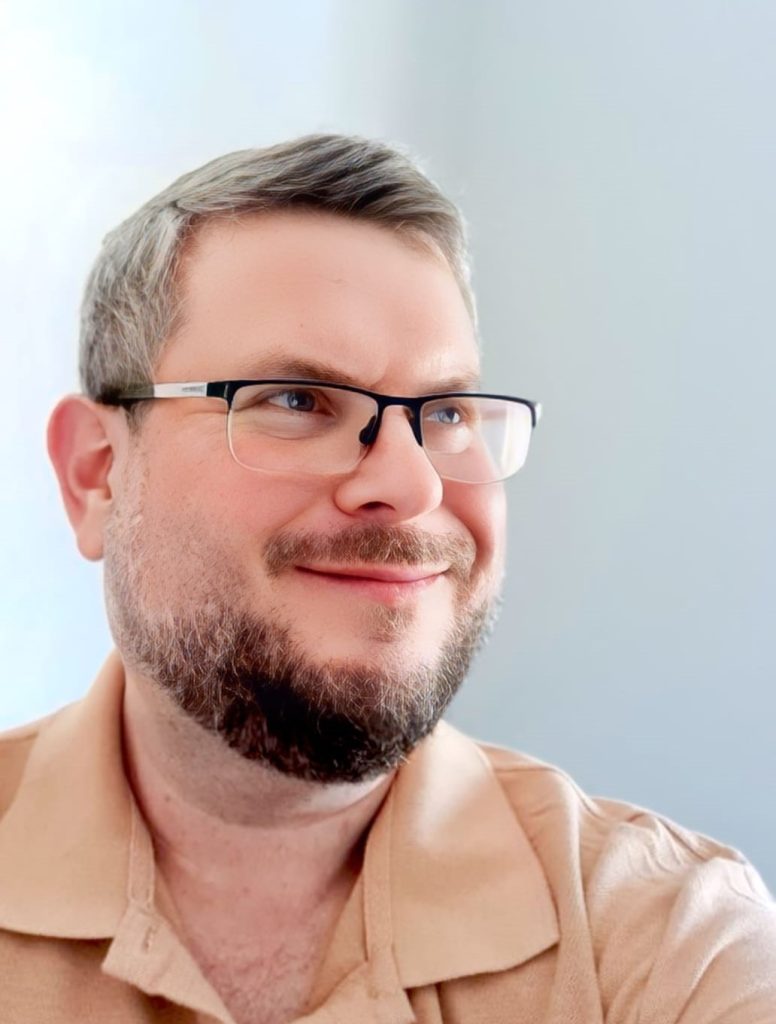The day I stopped coding was the day I started my computer science degree.
Sure, I was still writing code — and still loved it. But what had long been a real passion turned into a series of assignments with little personal meaning.

After graduation, I joined the intelligence corps. Coding quickly became part of my daily routine again: fascinating systems, critical missions, and technical challenges that demanded fast, creative solutions. But buttoned up in uniform and heavy boots, I felt like my creativity — and my thinking — had, too, been forced into formation. Thankfully, Unit 81 had figured this out long before I got there. And when I swapped the standard issue for a polo shirt and sandals, my creativity came back to life. The conclusion was clear — like ideas that appear in the shower, or insights that come just before sleep:
creative thinking demands freedom from mental constraints.
Architect in Slippers is meant to explore exactly that.
Designing complex, resilient systems — from code to architecture, from research to leadership — calls for a mix of clear principles and creative freedom. I started this blog because I noticed that most content online falls into two camps: hands-on experience focused on specific technologies, and abstract academic theory — with a persistent gap between them.
Over many years working in software and technical leadership across very different domains, I’ve gathered — and still do — insights that apply broadly to software systems. Some I learned the hard way, hands-on. Others I owe to brilliant managers and seasoned colleagues who saved me years of trial and error.
That experience of sharing knowledge — and seeing just how powerful it can be — is what led me to start doing so in different ways. Whether it’s bits and bytes, team-building, or architectural problem-solving, this blog aims to distill those lessons into principles and ideas that can be applied in many real-world situations. Its goal is to share practical knowledge, offer useful methodologies, help engineers and managers avoid mistakes I’ve already made, and build more resilient systems — in less time.
I’d love to hear from you — thoughts, questions, feedback, or ideas for future posts:
mike.lindner@gmail.com
 Architect in Slippers LinkedIn Page
Architect in Slippers LinkedIn Page
Update (May 2025):
The blog is currently undergoing changes and updates.
I’m doing my best to ensure everything goes smoothly, but if you encounter any issues (availability, display, or otherwise), I’d appreciate it if you let me know.
Comments are closed.